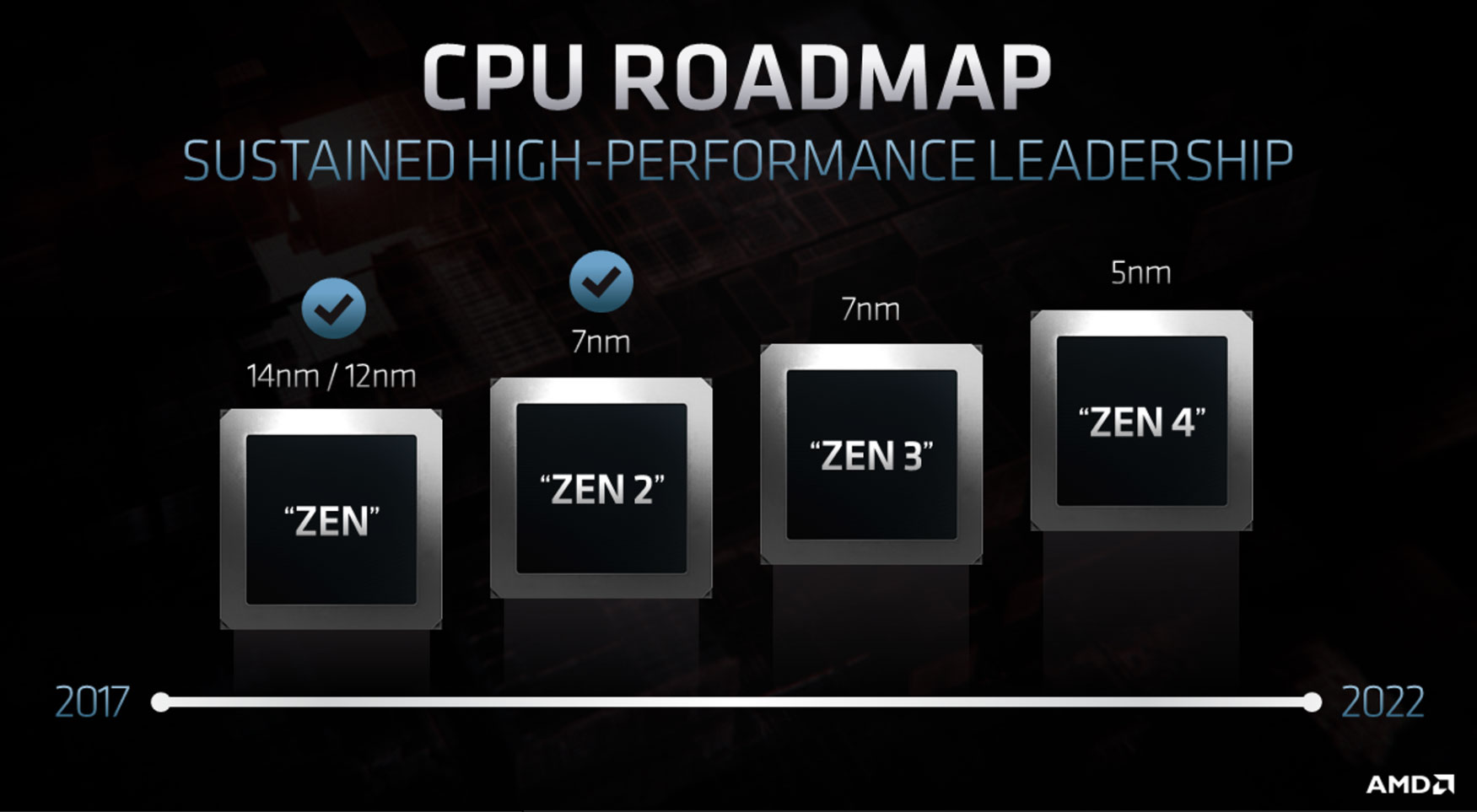TSMC confirms 3nm tech for 2022, could enable epic 80 billion transistor GPUs
But probably a bit later than 2022...

Monster chip foundry TSMC has confirmed its 3nm production node is on track for full mass production in the second half of 2022, according to Chinese tech site ItHome (in Chinese). TSMC reckons its 3nm node will pack in somewhere north of 250 million transistors per square millimetre of silicon, making it at least two and half times more dense than Intel’s latest 10nm node. In theory, TSMC’s 3nm tech could enable a GPU three times more complex than AMD’s new Radeon RX 6000 Series chips.
TSMC, of course, makes all of AMD’s high performance Ryzen CPUs and Radeon GPUs. Until recently, it also produced Nvidia’s top graphics chips, too. Advances like TSMC 3nm tech matter because they allow for more complex, faster computer chips. Like, you know, CPUs and GPUs.
Intel reckons its new 10nm process is good for around 100 million transistors per square millimetre, while TSMC’s most refined 7nm process is rated at 113 million transistors per square millimetre.
While TSMC is promising at least 250 million transistors per square millimetre for its 3nm node, the reality may turn out nearer 300 million. All of which means that in late 2022, TSMC will have the capability of producing chips somewhere between 2.5x and 3x as dense as the 7nm tech used for current AMD CPUs and graphics chips.

Best CPU for gaming: the top chips from Intel and AMD
Best graphics card: your perfect pixel-pusher awaits
Best SSD for gaming: get into the game ahead of the rest
That density can be used to either make chips with existing complexity much smaller and therefore a little cheaper, or enable much more complex designs. Such is the way with computer chips, so long as the likes of TSMC keep developing new nodes.
But just think about it. AMD’s Navi 21 GPU, the chip inside the Radeon 6800 and 6900 Series boards, clocks in just under 27 billion transistors using 7nm. So a 3nm GPU of the same size could pack around 80 billion transistors if they really pushed it.
Of course, AMD tends not to use TSMC’s latest production tech. TSMC is already producing chips for Apple’s iPhones on its new 5nm node, which is good for 173 million transistors per square millimetre, but AMD is still cranking out designs on the 7nm design.
Keep up to date with the most important stories and the best deals, as picked by the PC Gamer team.
So don’t expect an 80 billion transistor AMD GPU in 2022, but such a beast is almost certainly coming. It’s just a matter of when.

Similarly, AMD has already revealed that its next CPU architecture, Zen 4, will appear in 2022 and be built on TSMC’s 5nm node. So, we won’t be seeing any 3nm AMD CPUs as soon as 2022.
Meanwhile, Intel’s 7nm node has been pushed out to at least late 2022, and probably won’t be seen until 2023 or later. Intel 7nm is estimated to deliver around 200 to 250 million transistors per square millimetre. So falls somewhere in between TSMC’s 5nm and 7nm nodes for density.
As for Samsung, the other big player in chip manufacturing, it recently announced plans to close the gap to TSMC with its own 3nm in the second half of 2022.
Anyway, the overarching point is that the future looks very promising when it comes to PC performance, at least for the next four or five years.

Jeremy has been writing about technology and PCs since the 90nm Netburst era (Google it!) and enjoys nothing more than a serious dissertation on the finer points of monitor input lag and overshoot followed by a forensic examination of advanced lithography. Or maybe he just likes machines that go “ping!” He also has a thing for tennis and cars.

